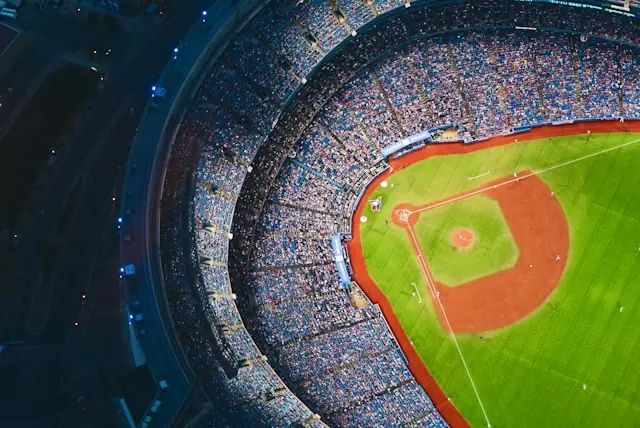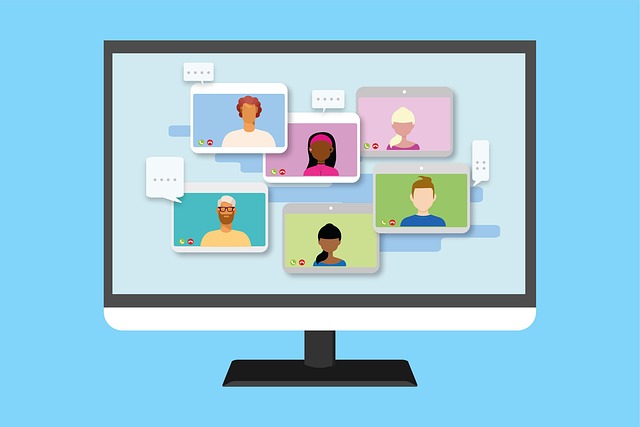If you’ve been following the latest digital sports innovations, you’ve likely come across NLPadel. But what exactly is it? Simply put, NLPadel is a fusion of Natural Language Processing (NLP) and padel analytics, designed to improve how players train, analyze, and perform on the court.
Padel, a fast-growing racket sport that combines tennis and squash, is all about reflexes, teamwork, and precision. NLPadel takes it one step further by bringing AI-driven insights to every aspect of the game — helping coaches and players understand tactics, player psychology, and communication patterns.
In short, NLPadel represents the future of smart sports training — where artificial intelligence meets athletic intelligence.
The Concept Behind NLPadel: Merging AI and Sports Psychology
At its core, NLPadel applies Natural Language Processing algorithms to analyze player interactions, communication during doubles play, and post-match interviews or performance data.
Here’s how it works:
-
Data Collection: NLPadel systems record matches, voice commands, and game data.
-
AI Interpretation: The NLP algorithms process verbal and behavioral cues to understand tone, motivation, and mindset.
-
Performance Insights: The system then generates a detailed report highlighting communication gaps, teamwork effectiveness, and emotional balance.
This kind of analysis isn’t just fascinating — it’s incredibly useful. For example, if a pair struggles during high-pressure rallies, NLPadel might identify stress patterns through their language and tone, offering mental conditioning strategies.
Why NLPadel Matters in Modern Padel Coaching
Traditional padel coaching focuses on technique, movement, and tactics. But NLPadel introduces something new: emotional intelligence and communication efficiency.
When teams understand each other’s emotional state and communication cues better, their coordination improves drastically.
Key Benefits of NLPadel for Coaches and Players:
-
Enhanced communication: NLPadel identifies miscommunication between doubles partners.
-
Real-time feedback: AI tools can provide instant match insights for improved performance.
-
Player profiling: Understand players’ mental and linguistic patterns for personalized coaching.
-
Strategic improvement: Analyze language and reactions to spot decision-making trends.
Moreover, it allows coaches to go beyond physical training — they can now train the mind and voice as much as the body.
The Technology Powering NLPadel
NLPadel doesn’t just rely on AI buzzwords — it uses serious data analytics. Here’s a look at its technological foundation:
Natural Language Processing (NLP)
This AI branch decodes human language, tone, and emotions. NLPadel uses it to evaluate how players talk during matches — identifying confidence, stress, or hesitation patterns.
Machine Learning (ML)
By feeding large datasets of player behaviors and voice samples, NLPadel learns over time to predict future outcomes. For example, it might suggest that a certain pair performs better when one player takes the lead in verbal communication.
Computer Vision
Paired with NLP, video analysis helps track body movement, facial expressions, and reactions. Together, these technologies create a 360° picture of player performance.
Also read: Eric Weinberger Wife: The Woman Behind the Sports Media Powerhouse
Real-World Applications of NLPadel
While NLPadel is still emerging, several professional academies and sports research centers are experimenting with it.
For example:
-
Coaching Platforms are using NLPadel to create voice-based training summaries.
-
Sports Psychologists integrate NLPadel insights to improve athlete communication and mindset control.
-
Padel Academies are combining AI-powered analytics with fitness tracking to offer holistic development plans.
In the near future, we could see NLPadel being used in tournament broadcasting, where commentators access real-time data on player emotions or confidence levels — adding a new layer of excitement for fans.
How NLPadel Benefits the Future of Padel
The rise of NLPadel signifies a major shift in how we view sports training. Rather than relying on raw talent or traditional drills, AI tools are helping players train smarter, not harder.
Future possibilities include:
-
AI-based voice assistants for real-time coaching tips.
-
Integration with wearable sensors for full-body and emotional tracking.
-
Augmented reality visualizations of match analytics.
These innovations could make padel more data-driven, scientific, and engaging for the next generation of athletes.
(Internal link suggestion: Read also: “How AI Is Revolutionizing Sports Coaching”)
NLPadel vs Traditional Coaching
| Feature | Traditional Coaching | NLPadel-Based Coaching |
|---|---|---|
| Focus | Physical and tactical training | Emotional, linguistic, and data-driven |
| Feedback | Manual, post-session | Real-time AI insights |
| Communication | Coach’s intuition | AI-analyzed interactions |
| Adaptability | Slow adjustments | Dynamic, ongoing learning |
Clearly, NLPadel offers a smarter and more adaptive path to player development.
Challenges NLPadel Faces
Of course, no innovation is without hurdles. NLPadel must overcome:
-
Data privacy concerns due to constant voice and video analysis.
-
Adoption resistance from traditional coaches unfamiliar with AI.
-
Cost barriers for smaller academies or amateur players.
However, as the technology becomes more accessible, these barriers will gradually diminish — just as video analytics did in tennis and football.
Conclusion: NLPadel — The Future of Smart Sports Training
In an age where technology defines performance, NLPadel stands at the cutting edge of sports evolution. It’s not just about analyzing shots or movements — it’s about understanding human interaction, mindset, and communication through AI.
Padel players and coaches who embrace this shift will gain a powerful competitive edge. The combination of mental awareness, real-time analytics, and AI-driven strategy makes NLPadel not just a trend — but a transformation in how we play and perceive the sport.
FAQs About NLPadel
1. What does NLPadel stand for?
NLPadel combines “Natural Language Processing” and “Padel,” referring to the use of AI language analysis in padel training and performance improvement.
2. How does NLPadel improve player performance?
It analyzes communication, emotions, and behavioral patterns, offering insights that enhance teamwork, confidence, and decision-making.
3. Is NLPadel only for professional players?
Not at all. While professionals benefit most, amateur players and coaches can also use NLPadel tools for self-improvement and better teamwork.
4. Is NLPadel the future of padel coaching?
Yes. With AI’s growing influence in sports analytics, NLPadel represents the next step toward intelligent, data-backed coaching.
5. Are there any privacy risks in NLPadel?
Since it records voice and video data, privacy is a concern — but responsible use and strong data policies can mitigate risks.














Leave a comment